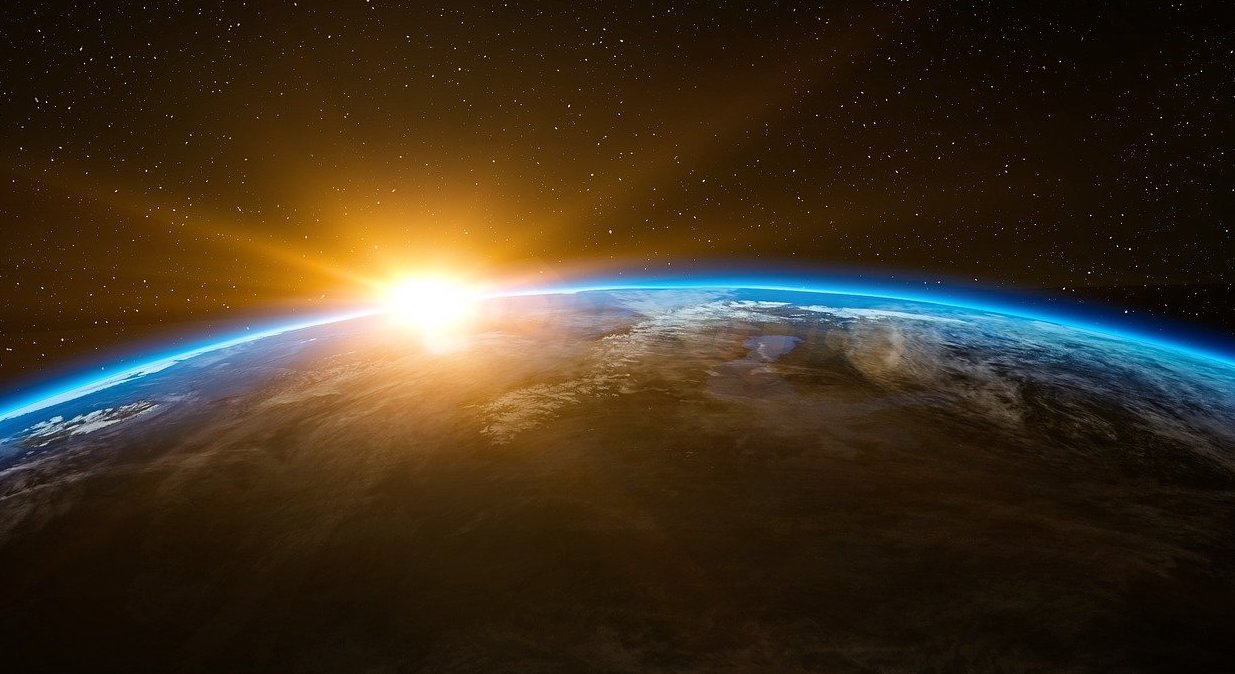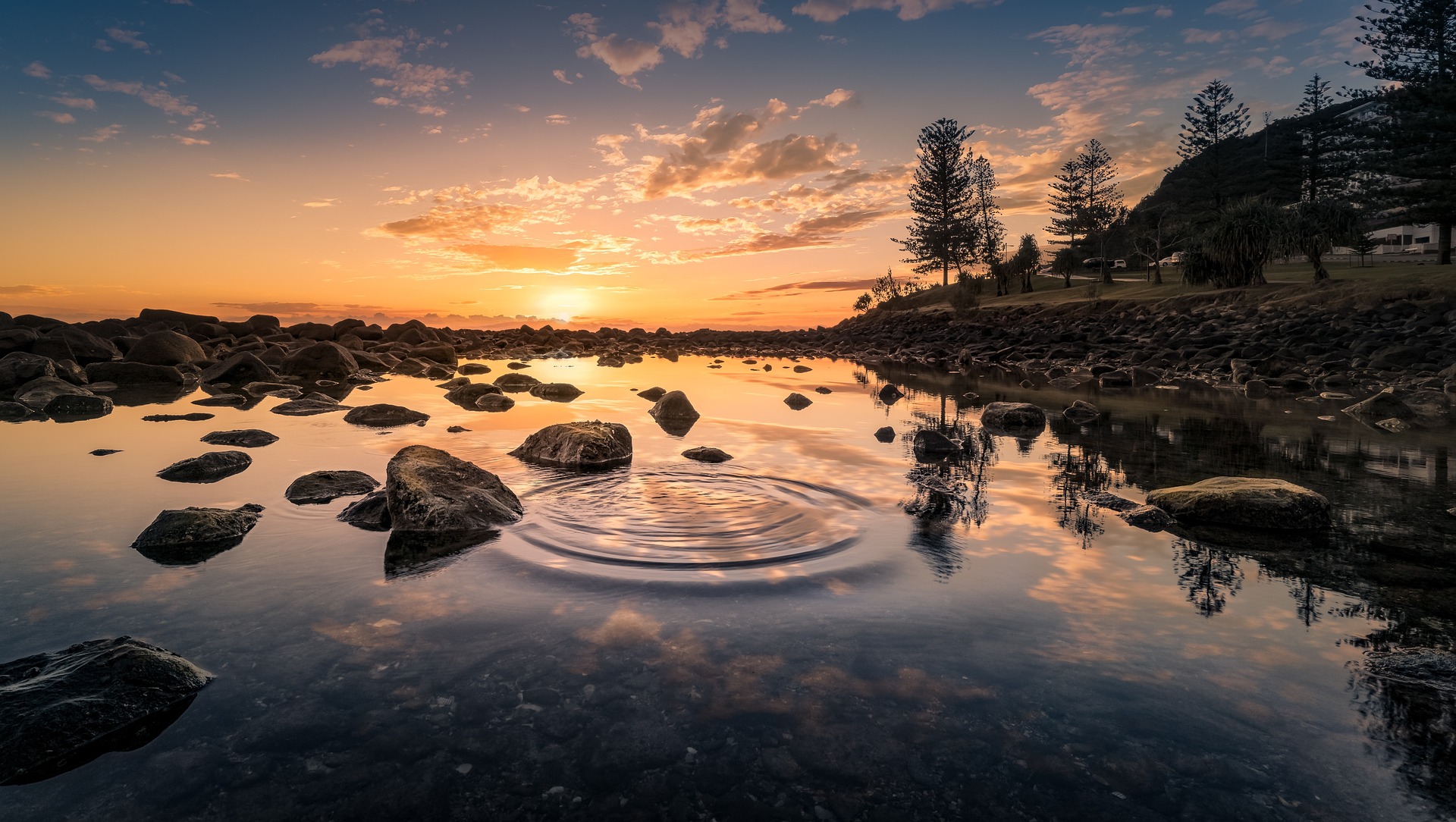The winter solstice occurs on Wednesday, December 21, at 4:48 PM. Yes, this is the “shortest” day of the year, but let’s talk about how many minutes each day the daylight increases afterward. Plus, we’ll talk about other ways you can see and feel the solstice.
Advertisement
At the winter solstice, very nearly midnight, our planet’s south pole aims most directly toward the Sun, leaving everyone north of the equator with their lowest Sun of the year. Since it’s the middle of the night, figure the lowest noonday Sun happens pretty much equally on Wednesday (the 21st) and also Thursday (the 22nd).

What Happens on the Winter Solstice?
Here are the most tangible factors affecting your everyday life.
- Your shadow will then extend to its longest length, which, granted, won’t make or break your day.
- The real news is that we will then have the fewest minutes of daylight for 2022. On the solstice in December, those of us in the Northern Hemisphere have our shortest day and our longest night.
- Starting Friday, December 23, the days will start being longer and the Sun will be slightly higher up
- We’ll start feeling greater warmth on our skin, too! Solar intensity depends on the sun’s height. But since the ground and the air take awhile to catch up we won’t reach our coldest average temperature until the third week of January, a full month from now.
- As for things you can easily observe, the most obvious solstitial effect is that you can look out your most southwest facing window on Wednesday and again Thursday and see the Sun set at its leftmost position of the year. If you’re an early riser and see the Sun come up at around 7:15 AM, that will happen at its rightmost possible spot, in the east southeast.
- The matchup with our clocks is less clear cut. We already had our darkest afternoon on December 7th and will not suffer our darkest morning, meaning latest sunrise, until the first week of January. This is thanks to the lag between the days’ variable lengths caused by our planet moving at different speeds in our orbit and the inflexible length of each clock’s minutes and hours.
Learn more about winter solstice and the first day of winter.

How Much Does Daylight Increase?
The psychologically optimistic part of all this is that, starting Thursday, the 22nd, we stop losing daily sunlight which has been going on since last June, and instead finally start to increase it!
This gain will be minuscule at first, just a matter of seconds a day, but will steadily grow until daily daylight expands by three daily minutes per day in March. The exact amount of brightness-gain depends on your location.
- During my annual Aurora odyssey in Alaska, (SpecialInterestTours.com) which has brought me there each winter for the past 30 years, we’ve noticed the March daylight expansion to be an amazing 7 minutes per day. That adds up to almost a full hour of extra daily sunshine each and every week! It’s so abrupt that it jarringly alters sleeping patterns, party times, taking afternoon strolls instead of skipping them, and so on.
- But in most of the “lower 48” states, the extra daily sunshine in March is closer to 20 minutes after each week, the most the majority of us ever experience, like a slowly opened gift package.

Let’s take a more relatable location in the Midwest, Chicago.
- If you look at the Almanac’s daylight tool for Chicago, there are just 9 hours, 11 minutes of daylight during the week leading up to Christmas.
- After this, daylight increases to 9 hours, 15 minutes by New Year’s.
- By mid-January, the increase jumps to about two minutes a day.
- By the 20th of February, daylight speeds up to three minutes per day! On the 20th, daylength is 10 hours, 53 minutes and on the 21st, it’s 10 hours, 56 minutes.
- In May, the increase slows back to two minutes gain per day
- By the time we get to the summer solstice, the increase further slows to a minute a day; peaking at 15 hours and 16 minutes by the solstice.
See the Almanac Sunrise/Sunset Calculator for your daylength!

The Night Skies on the Solstice
But to include other astronomy into all this, be aware that a radical planet change is also en route to us. Right now, at the winter solstice, every planet is nicely visible while late spring will find them vanishing one by one.
Plus, Earth arrives at its perihelion, our closest point to the sun, on January 4 when we zoom through space at our fastest speed of seven city blocks per second.
So this winter solstice is really a time of major activity here in the old solar system.

Comments